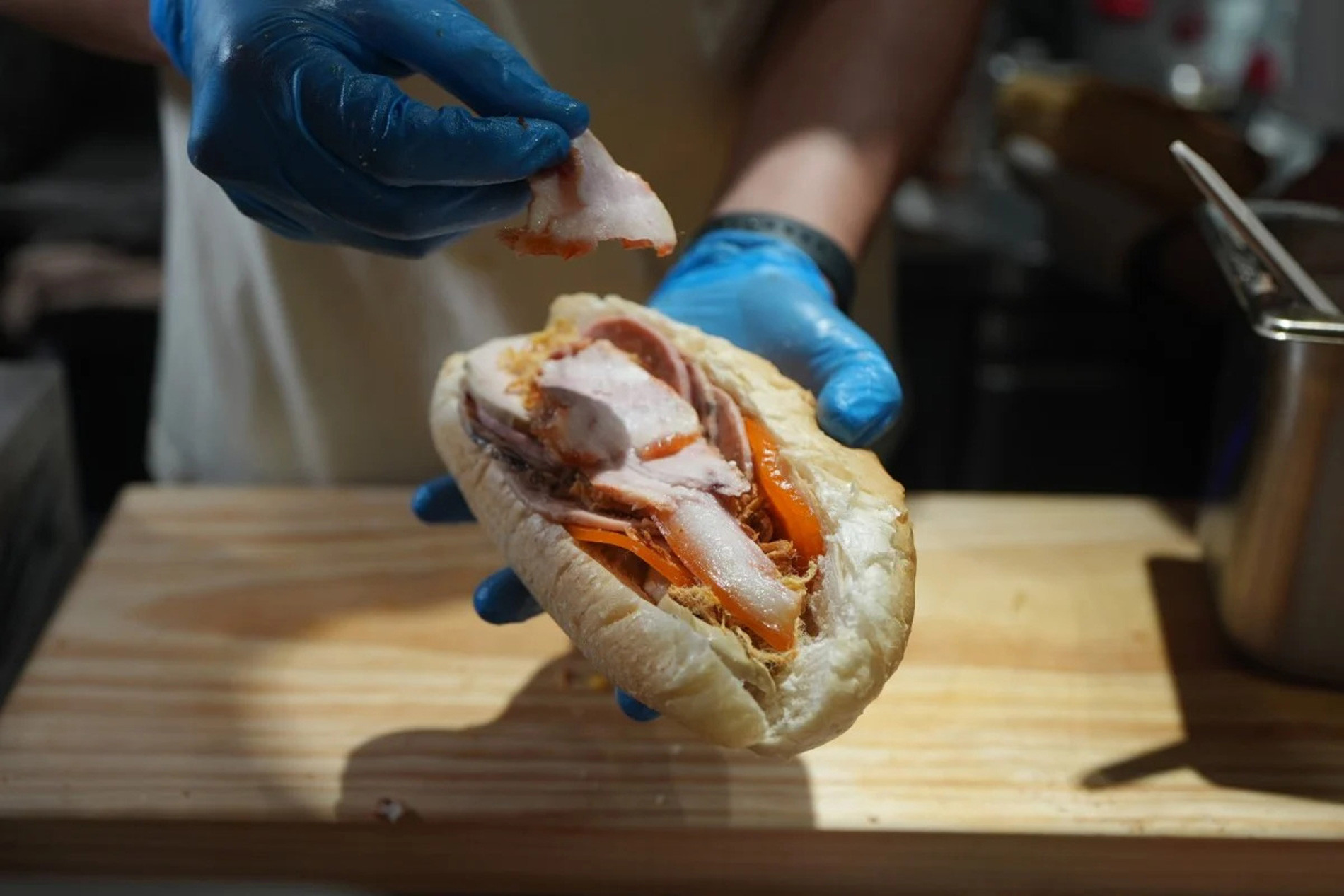
Having lived in Hong Kong (China) for 10 years, Kiki Phung, originally from Ho Chi Minh City, has always found it easy to locate Vietnamese restaurants. However, she often felt that something essential was missing.
Phung noted that Vietnamese food in Hong Kong is often too modified to suit local tastes. In particular, dishes like vermicelli, pho, and banh mi lacked a crucial element: herbs.
Determined to change this, Phung aimed to introduce authentic Saigon dishes to Hong Kong, allowing locals to experience genuine Vietnamese cuisine. This desire led to the creation of Banh Mi Nem.
Before venturing into the culinary industry, Phung had no experience in the field. She previously worked as a fitness trainer and court interpreter, fluent in Vietnamese, Cantonese, and English.
Four years ago, during the Covid-19 pandemic, she successfully built a YouTube channel documenting her life in Hong Kong, travels to Vietnam, and the diverse dishes she enjoyed. At the time, she had nearly 40,000 Instagram followers and 47,000 YouTube subscribers.
In the digital age, many aspire to become social media influencers, but Phung chose to set aside her online reputation to sell banh mi in Hong Kong.
"I have no experience in the food industry, but I love eating and am passionate about cuisine," Phung said.
"I know there are a lot of Vietnamese dishes in Hong Kong, but it’s not like what my mother makes or what I eat in Saigon. Most of the Vietnamese food here comes from the North. It’s not even Hanoi-style; it’s Hai Phong-style."
Authentic Saigon banh mi
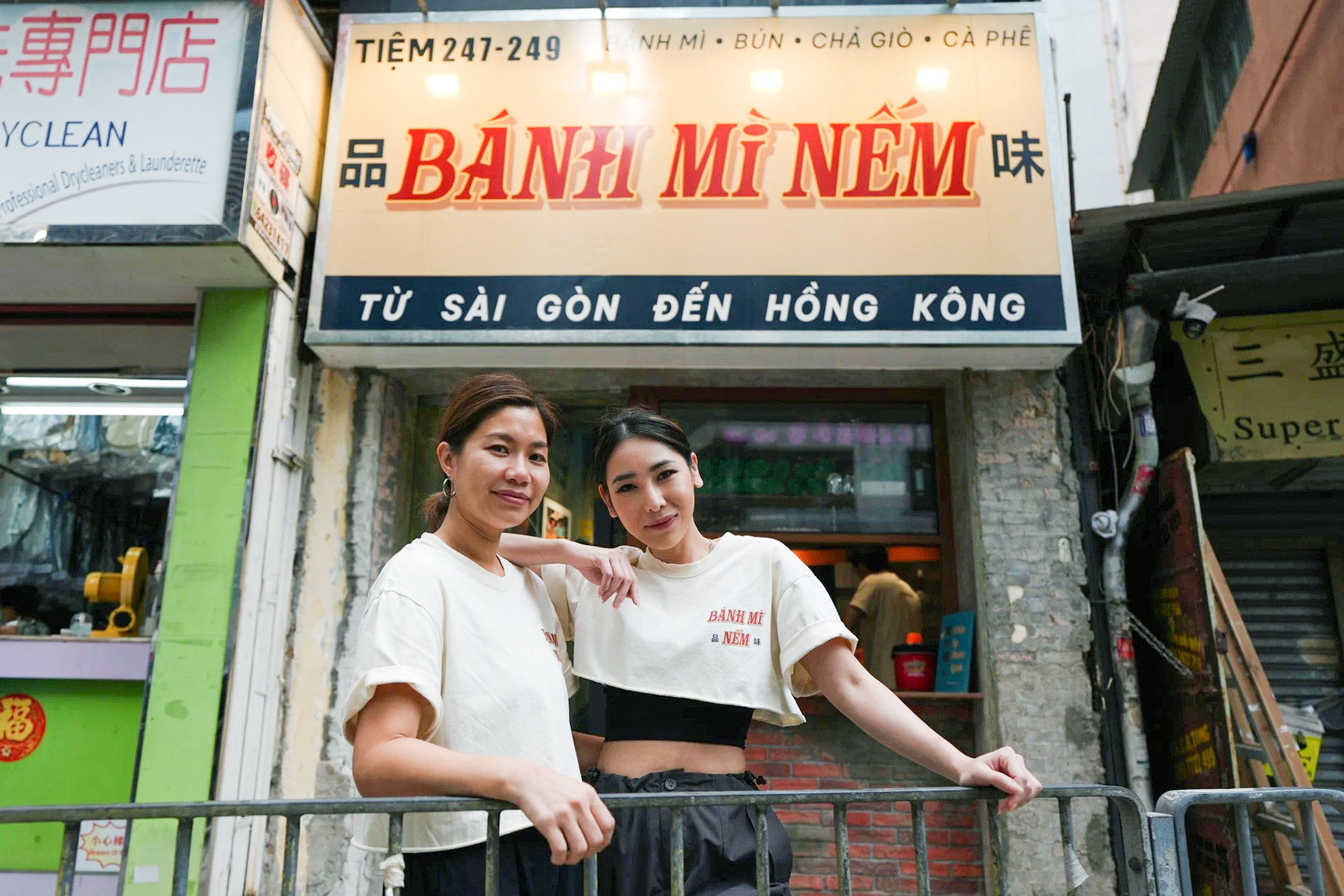
Banh mi originated in the South and is heavily influenced by French cuisine. Southern Vietnamese food uses more sugar, spices, and chillies due to the warmer climate. In contrast, Northern cuisine, with its four seasons, is generally considered more refined and often uses black pepper as a seasoning.
Phung launched Banh Mi Nem with her Saigon friend Hanh Dang, a chef who also founded a popular hotpot restaurant in Ho Chi Minh City. The shop sells sandwiches with five key ingredients: pate, meat, pork floss, crispy pickles, and herbs.
"From the first time we met two years ago, we discovered that we had a lot in common," Phung recalled. "We both come from Saigon and share the same interests. Hanh initially wanted to open a vegetarian restaurant. But I said, we should introduce Vietnamese cuisine. This is our brainchild."
To meet strict technical requirements, Phung and Hanh produce their own cold cuts, pork floss, and liver pate in Vietnam and then transport them to Hong Kong. All of these ingredients are made by Hanh’s family.
Hanh shared, "Kiki and I wanted to bring the best dishes from Saigon to Hong Kong. Most Vietnamese restaurants here have changed too much to suit Cantonese tastes. The flavors of Vietnamese dishes are not strong enough. To me, Hanoi food is a bit bland. It is not sweet enough and a bit salty."
The pair even went to the trouble of having their shop sign transported from Ho Chi Minh City because they couldn’t find a shop in Hong Kong that could print Vietnamese correctly.
Fresh ingredients and authentic recipes
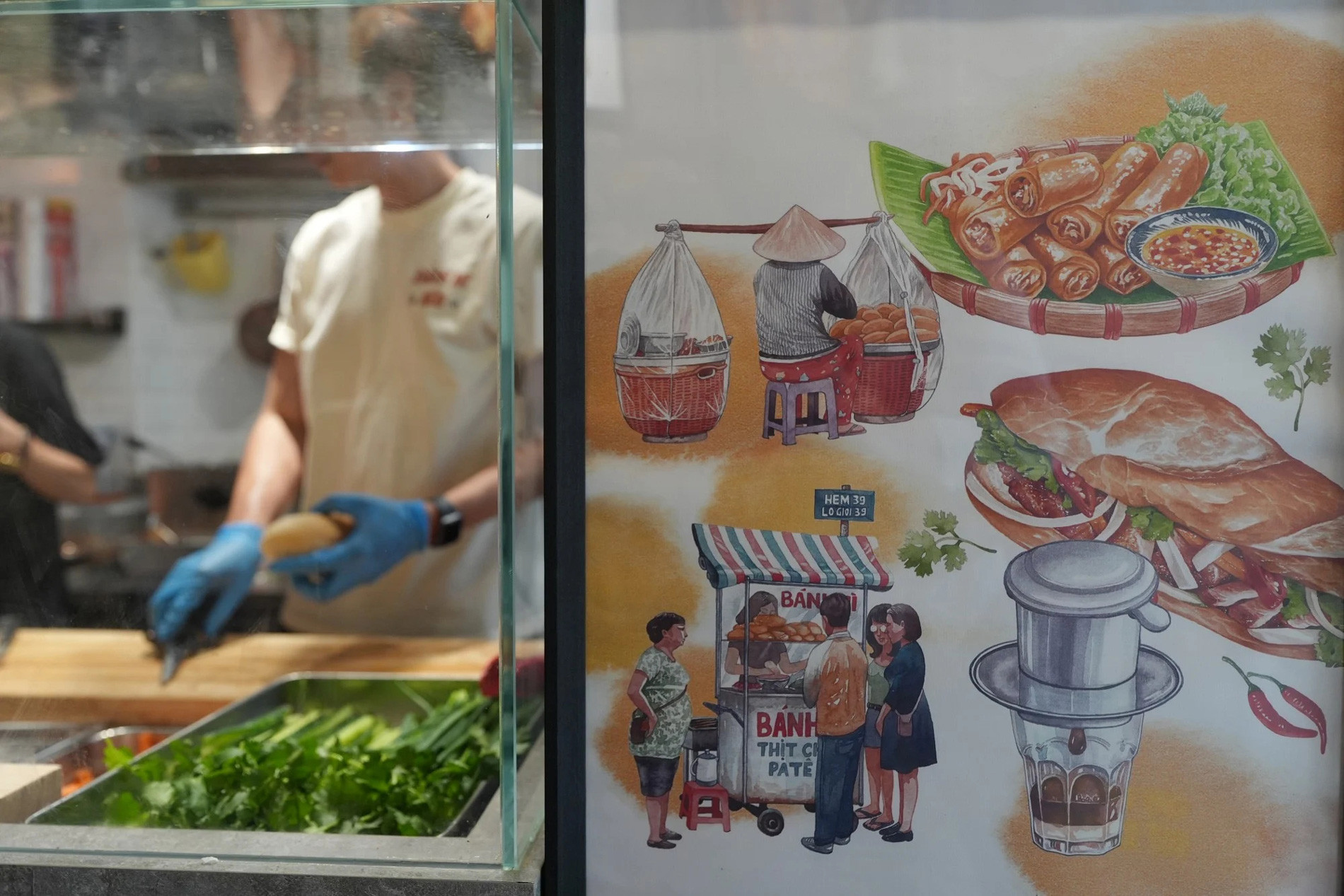
To provide the freshest bread, Phung and Hanh committed to baking their own bread daily, producing only 100 loaves each day.
"Our bread is very different from French baguettes in terms of recipe and ingredients. The ingredients we use are not easy to find here, so we have to import them. Additionally, the temperature in Saigon is hotter, which helps the dough ferment better and makes the bread fluffier," Phung explained.
Hanh added, "We tried the same method and ingredients, but the result was not as good as in Saigon. So we adjusted the recipe to make the bread fluffier, chewier, and crispier."
Along with bread, they also sell Vietnamese coffee brewed in the traditional Saigon method. This technique involves brewing the coffee a day in advance, then icing it, resulting in a rich flavor akin to bitter chocolate.
Hanh noted, "Most Vietnamese coffee here is not strong enough and has too much milk. It tastes too light."
Commitment to authenticity
One of the biggest issues for the two owners is the lack of herbs and greens in Vietnamese dishes served in Hong Kong. Phung and Hanh’s banh mi includes green onions, coriander, cucumbers, and pickles.
"Most restaurants don’t put enough herbs, not because they can’t find them. Even if restaurants serve enough mint and basil, many customers just dip a little in water and throw it away. In Vietnam, herbs are the highlight of pho," Phung explained.
"When Hanh and I eat Vietnamese food, we always want a lot of herbs. Without fresh herbs, we won’t eat the dish. Some herbs have a strong taste, but they balance well with chicken or pork in a sandwich," Hanh shared.
She added, "I've met picky eaters who claim they don't eat vegetables. But when we hide the vegetables inside the bread, they enjoy the taste without realizing they’ve eaten herbs."

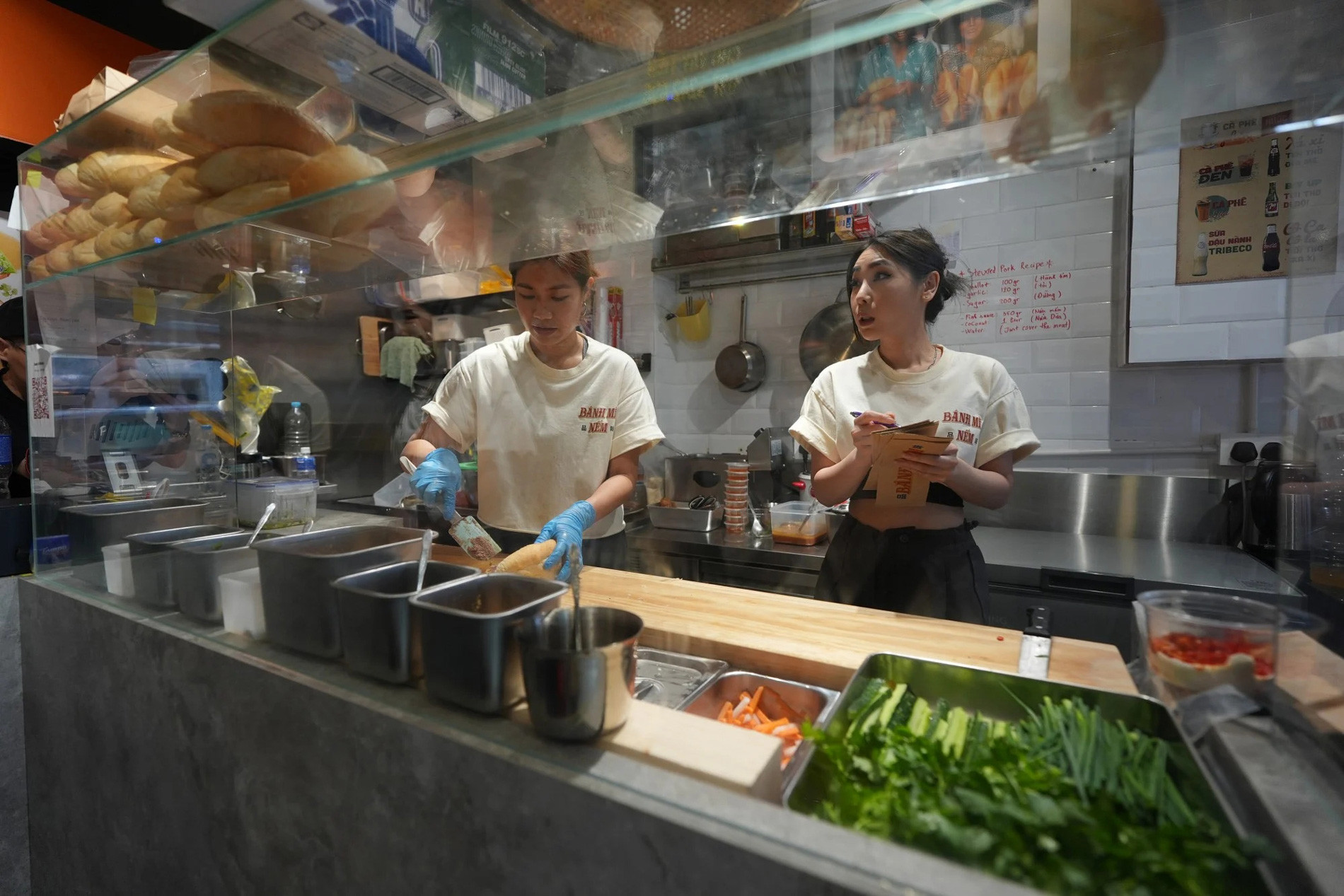
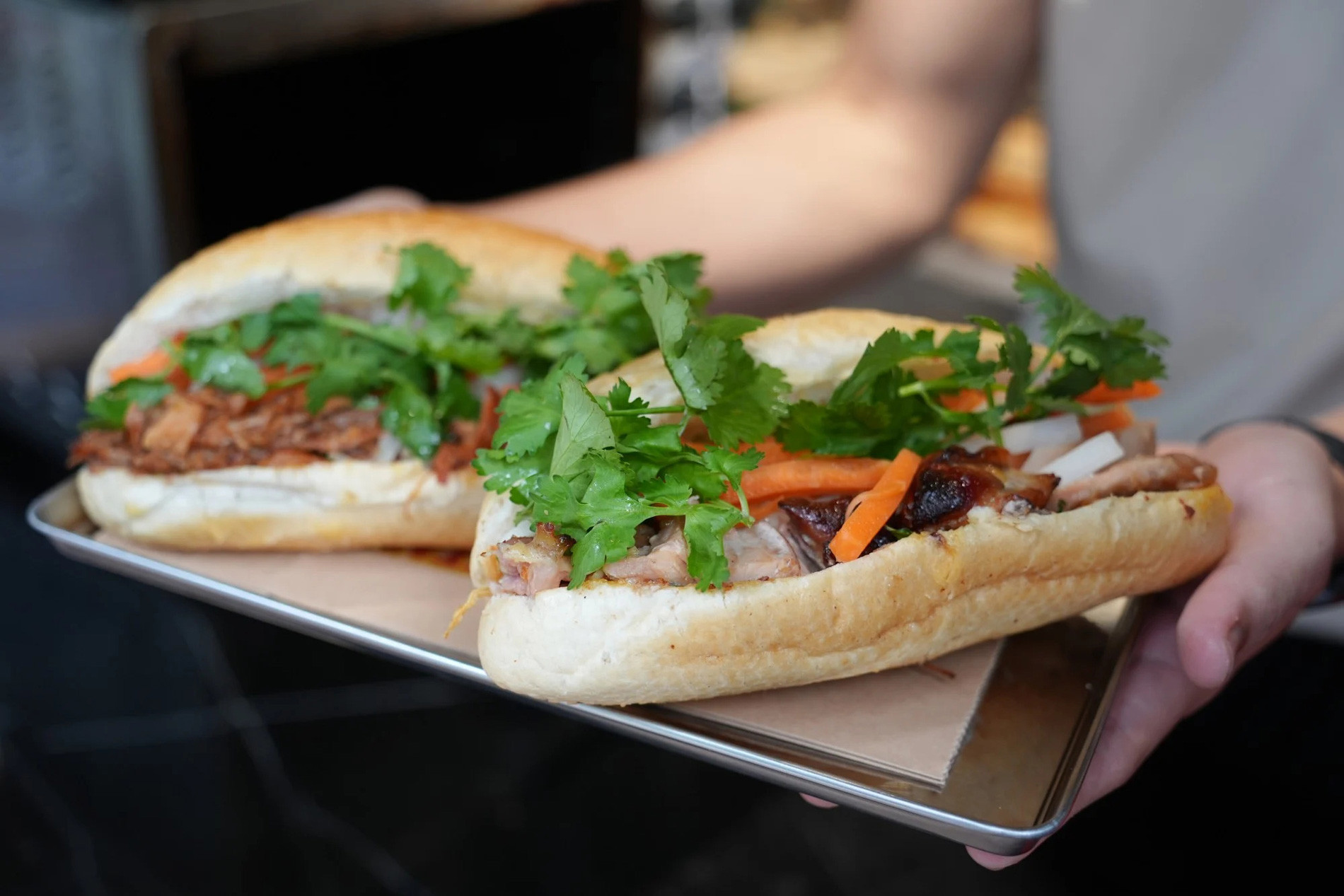
Photos by Eugene Lee
Dang Duong